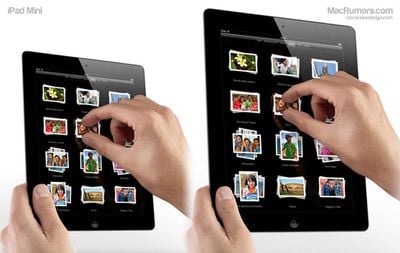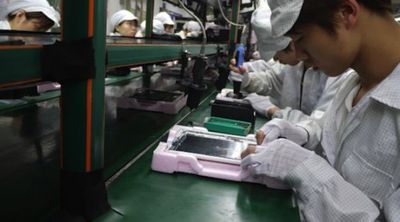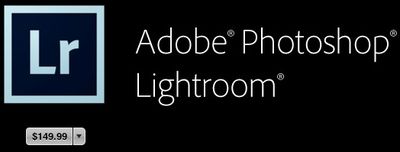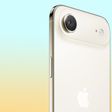Apple is planning on implementing a new, smaller dock connector, according to a report by iMore. The site has been reliable in the past and correctly predicted the release of an LTE equipped iPad. iMore also reported that Apple is still in the prototyping phase for the next iPhone and that the design is not yet set in stone.

Despite some rumors to the contrary, according to our sources Apple still hasn't finalized the design of the next generation iPhone 5 (or whatever Apple ends up calling iPhone 5,1). No giant screen. No 16:9 aspect ratio. No metal back.
[…]
Once again we're hearing that if the screen size does change, it won't be by a lot (no larger than 4-inches). We've heard nothing to indicate a planned change in the aspect ratio either way (and such a change still doesn't make much sense to us).
iLounge previously claimed that the next iPhone would have a smaller, redesigned dock connector as well as a 4" screen that is larger in height only -- this would result in an adjustment to the screen's aspect ratio. The iPhone 4's design has served Apple very well, with the company selling millions upon millions of units. It is possible that the company will choose to stick with the successful design, albeit with some minor changes, rather than a wholesale redesign.
Other recent iPhone rumors include a claims that the next iPhone will launch in September; another that it would use the same micro-SIM as current iPhones, rather than a new nano-SIM concept; and that the next iPhone will retain its physical home button -- a claim that iMore reiterates.


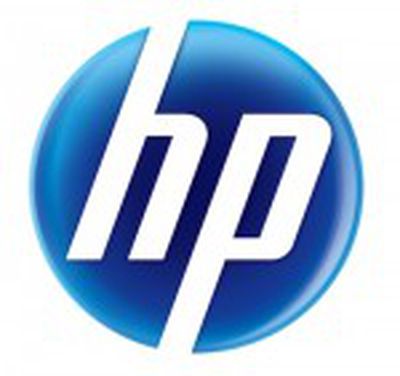 Among Apple's early competitors in the tablet market, HP gained a significant amount of attention as it initially sought to build its niche around webOS, which it
Among Apple's early competitors in the tablet market, HP gained a significant amount of attention as it initially sought to build its niche around webOS, which it 
 Finnish game studio
Finnish game studio 

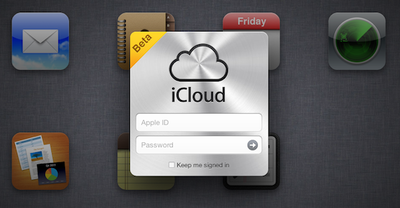

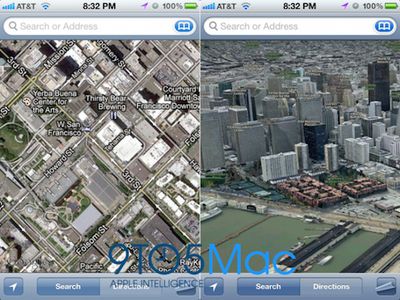

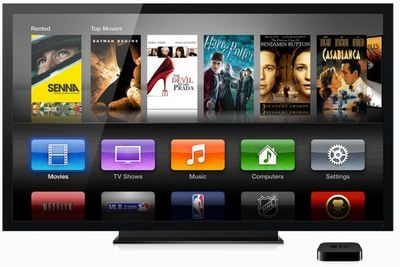
 With the launch of the new iPad, equipped with 4G LTE cellular data, it seems likely that the next iPhone will be similarly supplied. Until then, a new startup called
With the launch of the new iPad, equipped with 4G LTE cellular data, it seems likely that the next iPhone will be similarly supplied. Until then, a new startup called 